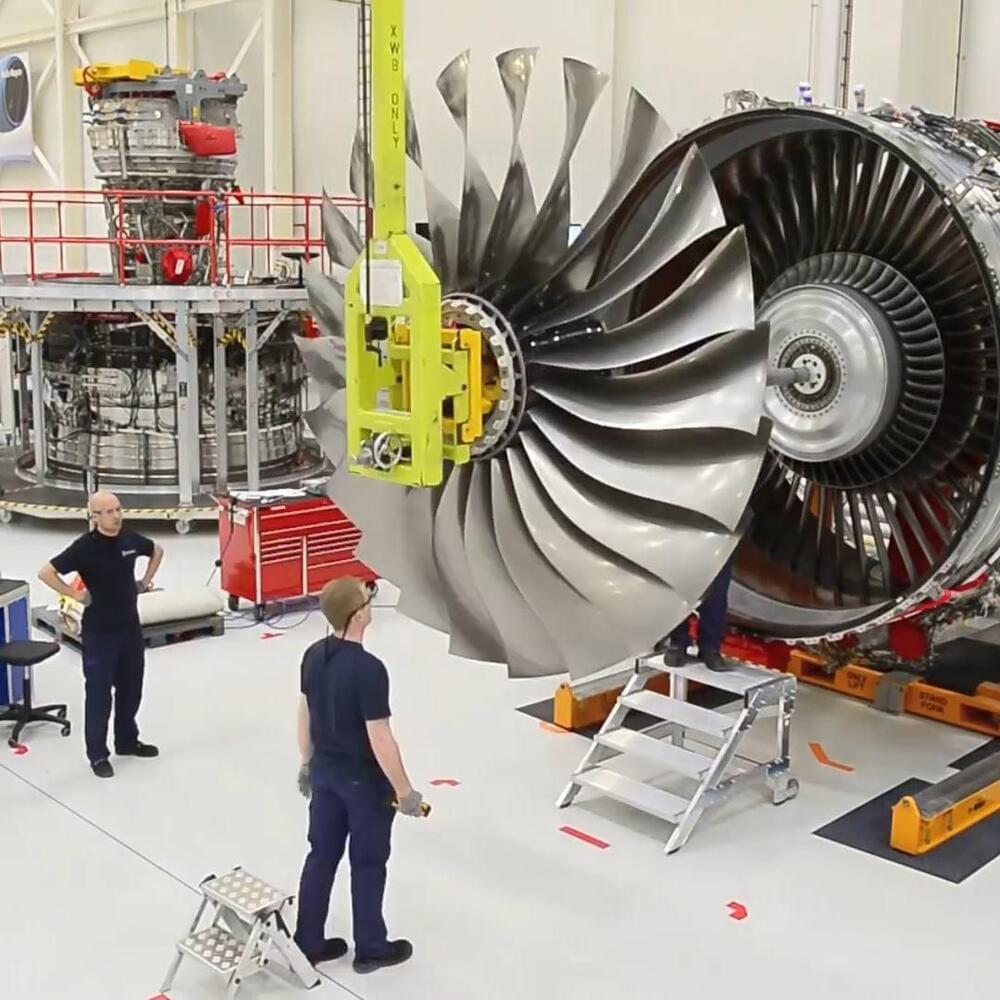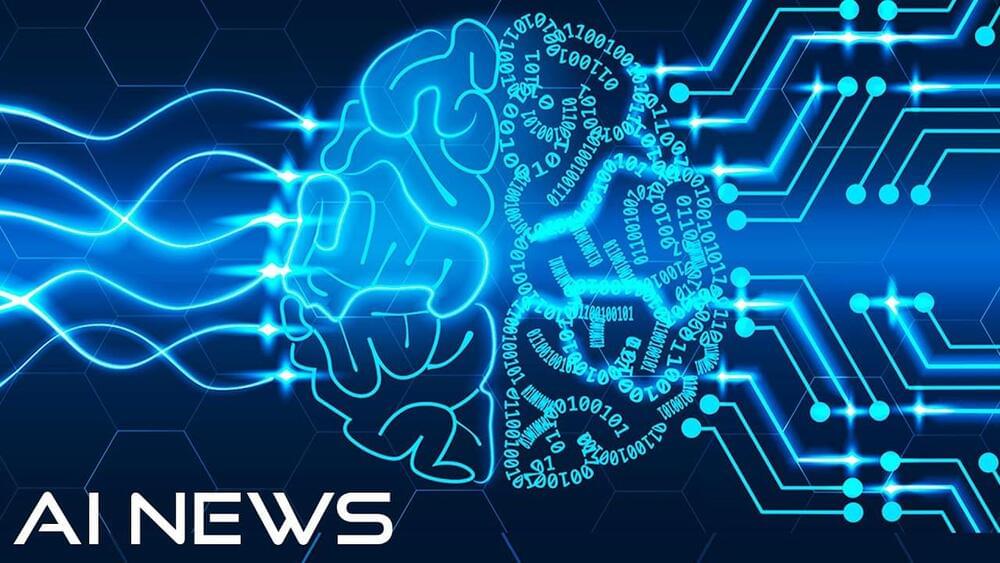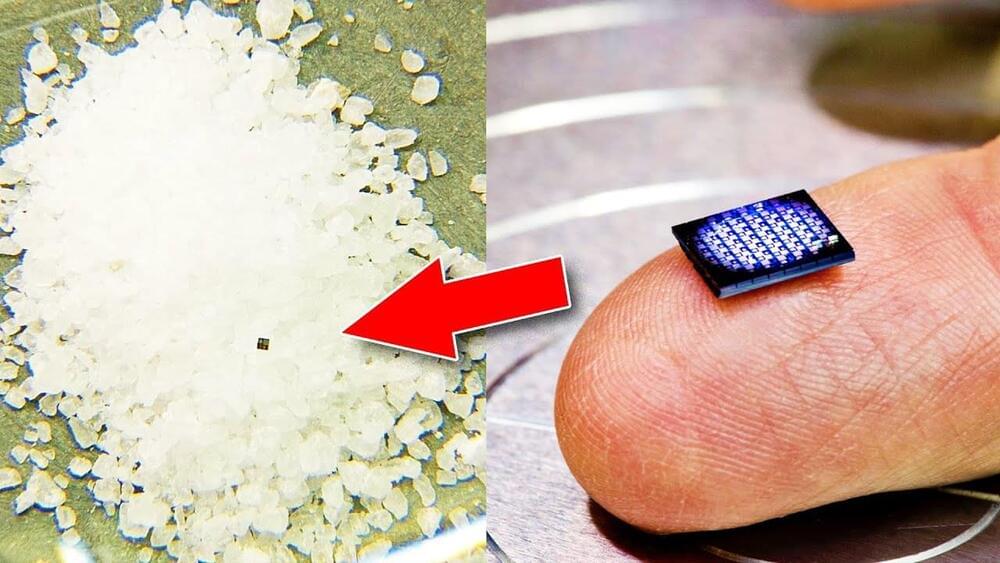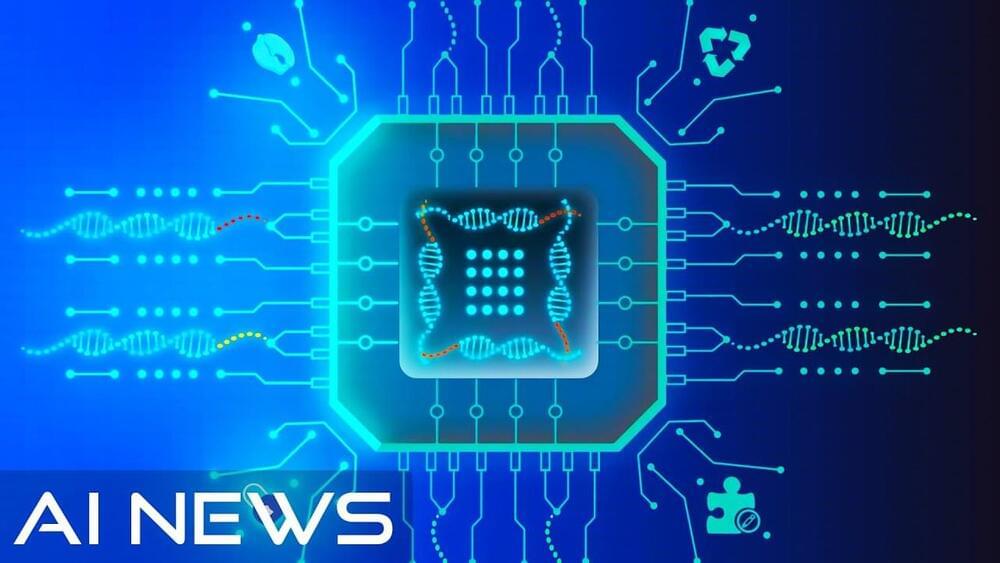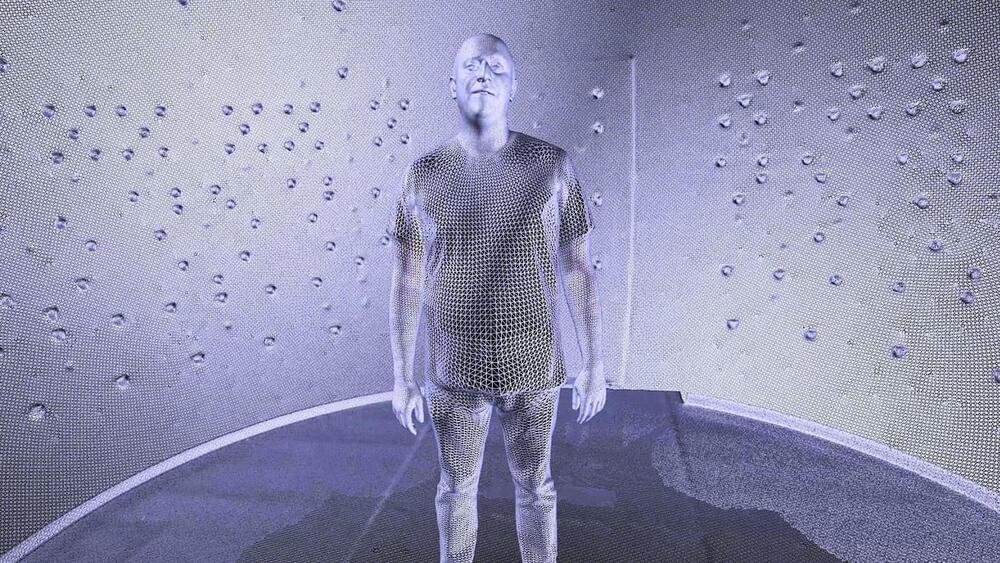Samsung’s next big product according to them seems to be a revolutionary neuromorphic computing chip which is attempting to enable Artificial Intelligence models to become as smart as humans. The top leading AI scientists are expecting for AI models to outpace the rate of moores law which means we’ll need to design new kinds of processors and computer chips beyond silicon. That’s where Samsung’s Brain of a Chip approach is supposed to help. It would be a chip that mimics the brain in terms of performance and power consumption which is called Neuromorphic chip design or computing and is believed to be the future of Artificial Intelligence.
If you enjoyed this video, please consider rating this video and subscribing to our channel for more frequent uploads. Thank you! smile
–
TIMESTAMPS:
00:00 Samsung’s new Path forward for AI
01:10 The History of AI-Hardware.
02:01 What are Neuromorphic Processors?
04:25 What could this enable?
06:40 So what’s the future of AI Computing?
09:06 Last Words.
–
#samsung #ai #chip
The Rise of actually real and useful Nanobots making use of the rapidly advancing miniaturization of robotics and microchips through companies such as TSMC, Intel and Samsung. These nanobots are soon going to enable things such as full dive virtual reality, healing diseases such as cancer and potentially even increasing the longevity up to 200 years. These tiny computer/robots will enter our bloodstream and cross the blood brain barrier to read and write similar to how Brain Computer Interfaces such as Neuralink currently work. The future of technology is looking really exciting.
If you enjoyed this video, please consider rating this video and subscribing to our channel for more frequent uploads. Thank you! smile
–
TIMESTAMPS:
00:00 Have we reached the Nanobot-Era?
02:51 The Applications of Nanobots.
04:26 All the types of BCI’s.
06:44 So, when will there be Nanobots?
09:13 Last Words.
–
#nanobots #ai #nanotechnology
Digital Storage Capabilities are about to increase 100x in the very near future with the biggest tech companies like Microsoft or Intel working on making DNA Storage a possibility and bringing it to consumers. This is being accomplished with advances in Artificial Intelligence models in combination with better understanding of Biotechnology. This is the future of storage technology and we may see petabytes of cheap storage in the form of AI very soon.
DNA digital data storage is the process of encoding and decoding binary data to and from synthesized strands of DNA Storage Technology.
–
If you enjoyed this video, please consider rating this video and subscribing to our channel for more frequent uploads. Thank you! smile
–
TIMESTAMPS:
00:00 Storage Today.
01:08 A new approach to Storage.
02:06 The difference between DNA and Storage.
04:30 When is the Future of Storage?
07:01 Microsoft’s Goal.
08:31 Last Words.
–
#dna #ai #storage
More and more new applications for the improving Artificial Intelligence Models are coming out at an increasing rate. The newest AI models made by Google’s Deepmind took on the challenge on creating the most advanced and accurate weather prediction AI ever made. Deepmind is focused on creating the best, smartest and most intelligent next generation AI in their path to an Artificial General Intelligence.
Predicting when it’s going to rain or how the wind and weather will be in the next days has always been a difficult problem. But this AI that anyone can use will surely change the weather industry and even society. It even allows us to change and control the weather.
If you enjoyed this video, please consider rating this video and subscribing to our channel for more frequent uploads. Thank you! smile
–
TIMESTAMPS:
00:00 Deepmind’s Next Big Project.
02:21 How does this weather AI work?
04:28 Is this the future of weather?
06:09 Is it really so revolutionary?
07:20 Changing the weather.
08:04 Last Words.
–
#deepmind #ai #agi
You can now buy a reconstructed piece of lost art discovered lurking beneath a famous Picasso painting.
During the Connect 2021 conference last week, Meta Reality Labs’ Chief Scientist, Michael Abrash, offered a high-level overview of some of the R&D that’s behind the company’s multi-billion dollar push into XR and the metaverse.
Michael Abrash leads the team at Meta Reality Labs Research which has been tasked with researching technologies that the company believes could be foundational to XR and the metaverse decades in the future. At Connect 2,021 Abrash shared some of the group’s very latest work.
Meta’s Codec Avatar project aims to achieve a system capable of capturing and representing photorealistic avatars for use in XR. A major challenge beyond simply ‘scanning’ a person’s body is getting it to then move in realistic ways—not to mention making the whole system capable of running in real-time so that the avatar can be used in an interactive context.
Inside Microsoft’s efforts to build a low-impact data center (because it’s building almost 100 a year).
UK Cities Climate Investment Commission calls for “place-based demonstrators” or neighbourhood pilots where green investment opportunities can be gathered together as a package.

